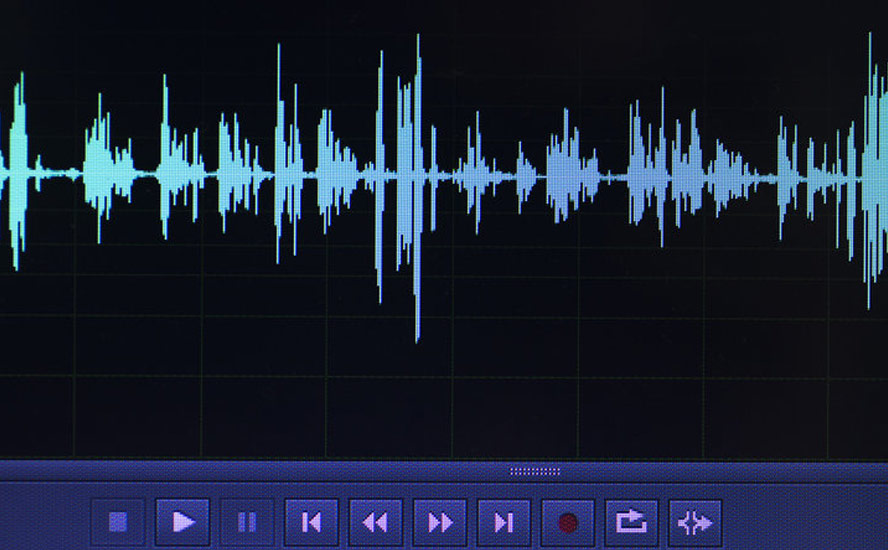Central Banks Brought Inflation. Now they Bring Stagnation.
By Daniel Lacalle – Mises Wire
Monetary aggregates show that there is a private sector recession disguised by accumulated debt. Between January 2020 and July 2022, the money supply (M2) soared by an insane $6.3 trillion, according to FRED. It has declined almost a trillion dollars from its peak. The impact of this decline in money supply on the availability of credit and the broad economy will not be evident until 2024, when it coincides with an enormous wall of debt maturities. Central banks went from excess money to overlooking the money slump. Both are equally negative. One created the inflation burst, and the second is driving a private sector recession disguised by debt.
Inflation is a monetary effect. What some call cost inflation, commodity inflation, or supply shock is nothing more than more units of issued currency than real economic growth going to relatively scarce assets. Unit prices may rise for exogenous reasons, but they do not generate a sustained and cumulative rise in aggregate prices, which is what measures inflation. If a price soars due to an exogenous factor, the rest of the price does not rise at once if the currency issued remains constant relative to economic growth.
Legal Notice / Disclaimer
Ahead of the Herd newsletter, aheadoftheherd.com, hereafter known as AOTH.Please read the entire Disclaimer carefully before you use this website or read the newsletter. If you do not agree to all the AOTH/Richard Mills Disclaimer, do not access/read this website/newsletter/article, or any of its pages. By reading/using this AOTH/Richard Mills website/newsletter/article, and whether you actually read this Disclaimer, you are deemed to have accepted it.




























